How to Start a Fashion Magazine?
|MAX ROSSI
We keep hearing that print is dying, but Sophia Neophitou-Apostolou, Global Editor-in-Chief and founder of 10 Magazine, doesn’t buy it. Her business has experienced a series of global expansions in recent years, most lately with the launch of 10 Magazine DE.
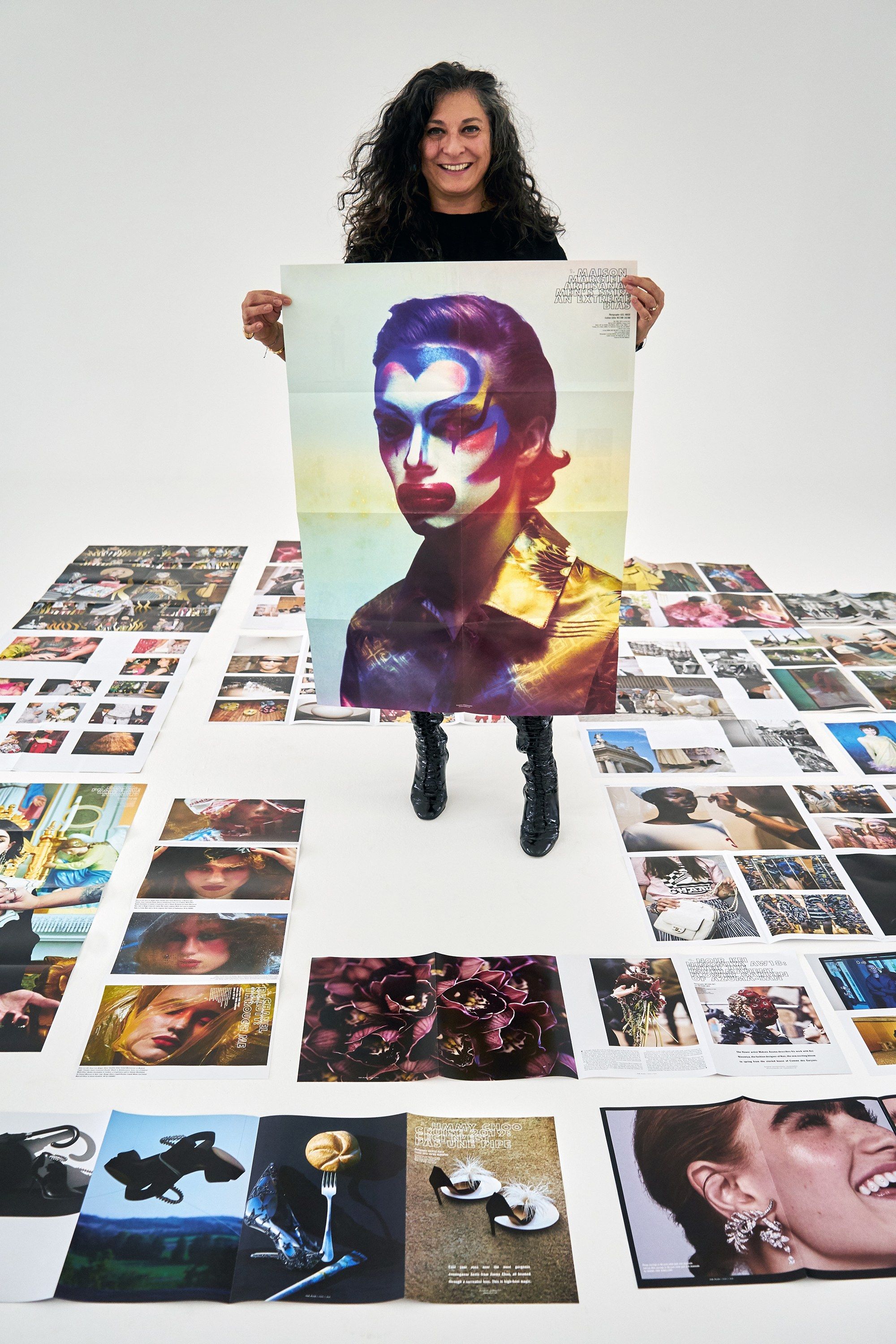
Sophia Neophitou-Apostolou at the launch of the first 10+ boxazine
Founded in London in 2001 and followed by a men’s edition shortly after, 10 Magazine is the culmination of Neophitou-Apostolou’s decades-long editorial career across continents and cultures. Her path has spanned multiple Condé Nast titles from Italy to Russia. This deep exposure to radically diverse readerships, markets, and aesthetic systems has honed her ability to decode what resonates locally while maintaining global oversight and a fearless editorial voice that transcends borders.
Since its inception, the magazine has expanded independently to Australia (2013, including a men’s edition), the US (2023), and most recently, Japan (2024). Its success is built on relationships. For 10 Magazine DE, that meant appointing Toby Grimditch—a longtime collaborator of the UK headquarters—as Editor-in-Chief.
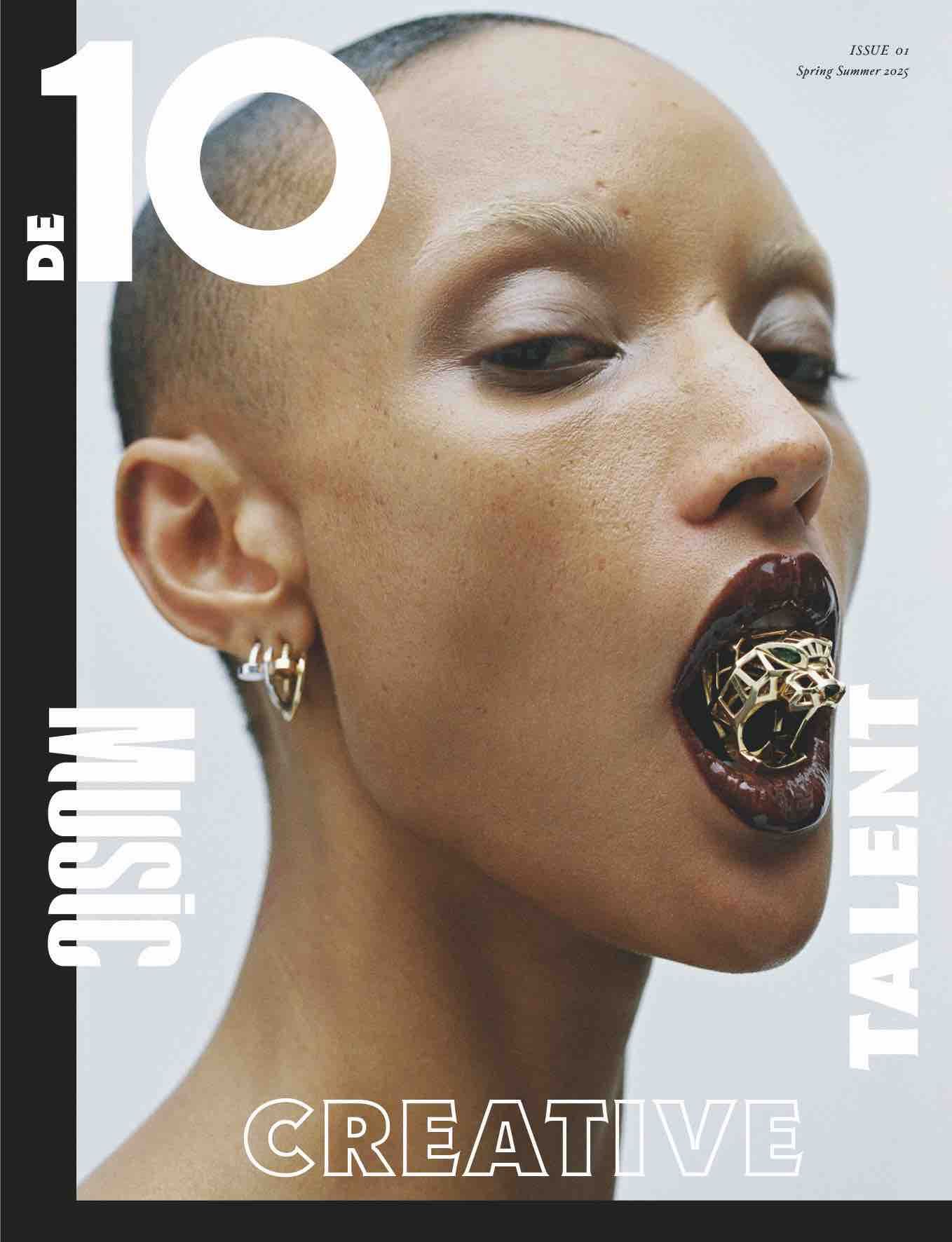
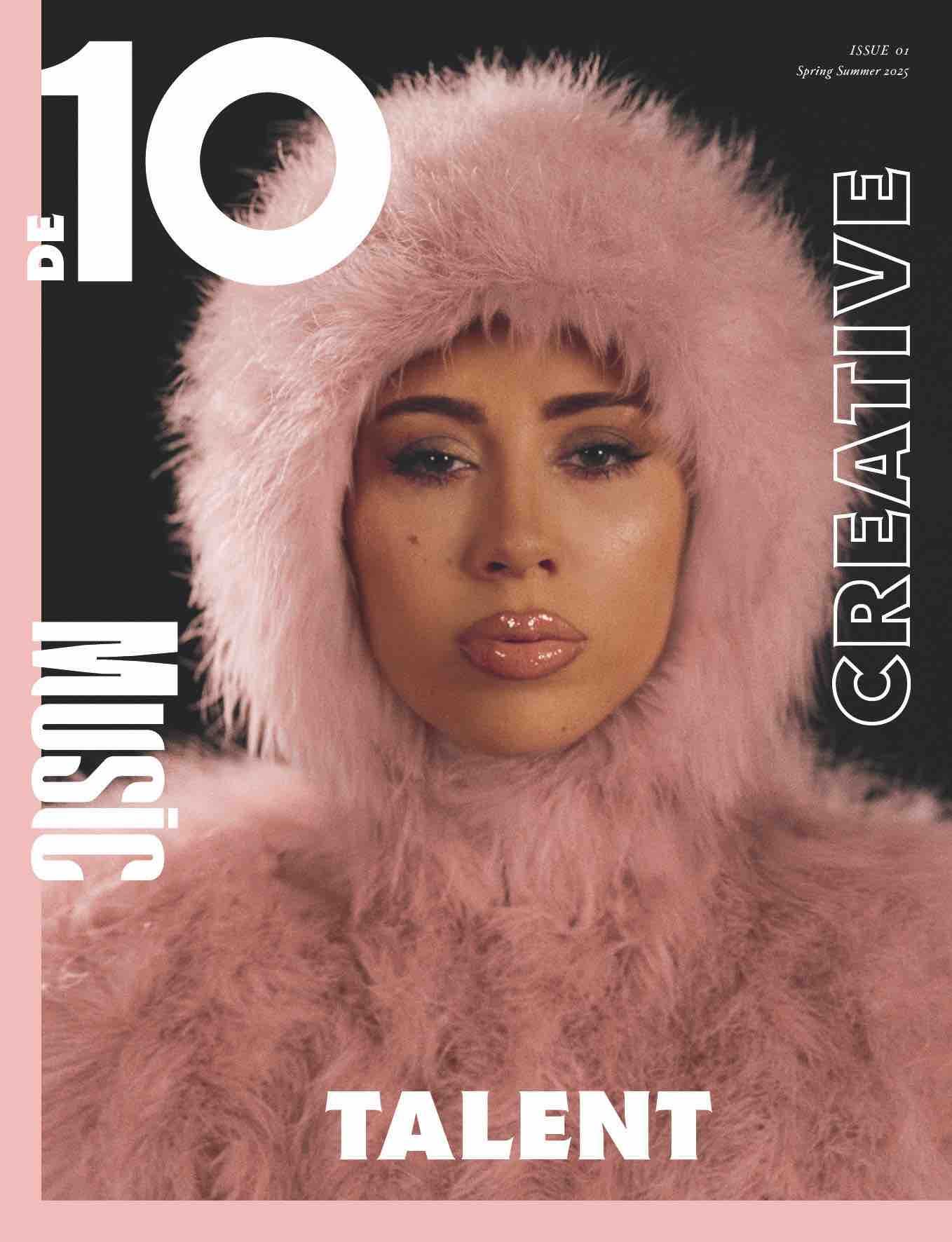
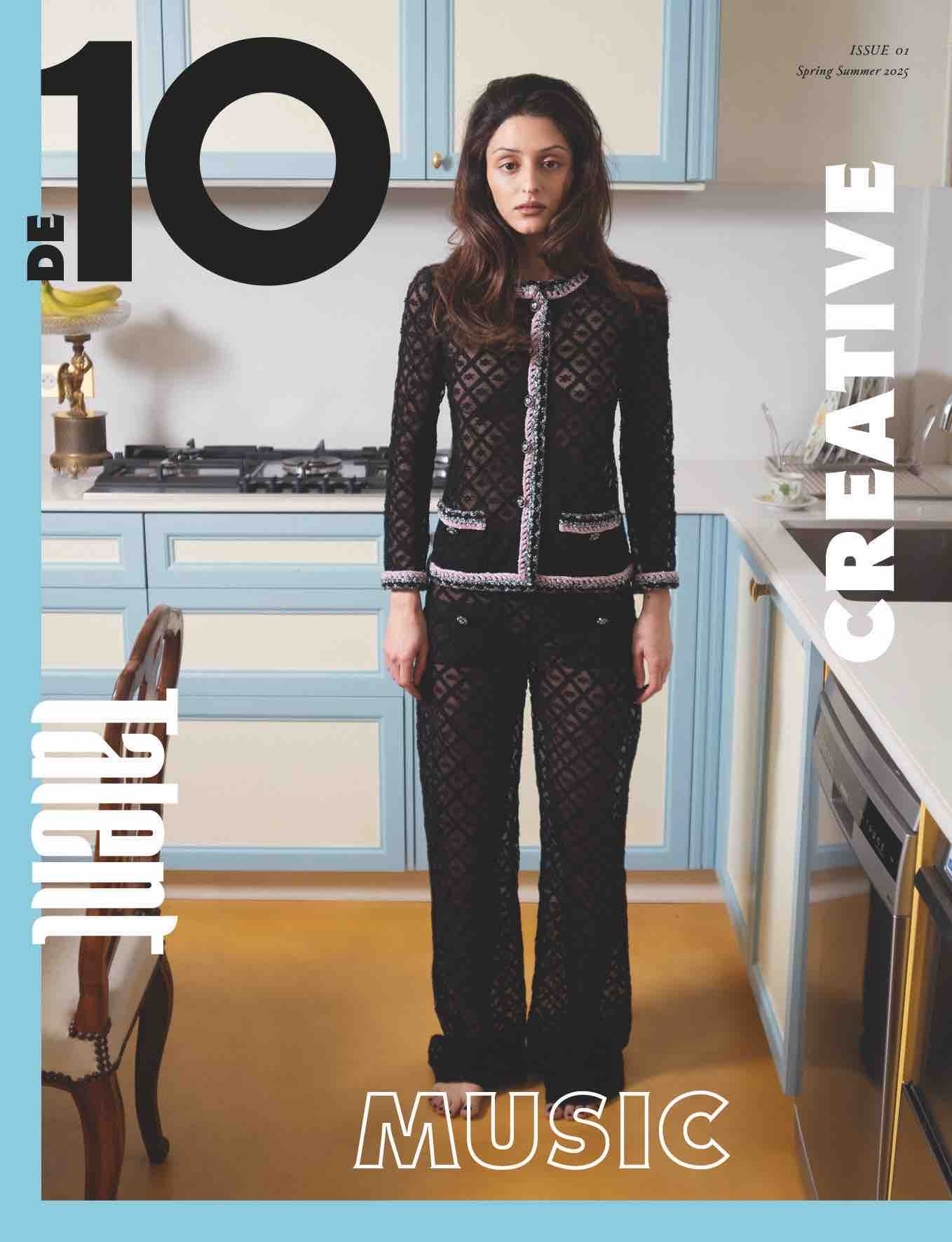
LEFT: 10 Magazine DE Issue #1, Georgia Palmier x Cartier cover, SS25. Photography: Estévez + Belloso
CENTER: 10 Magazine DE Issue #1, Kali Uchis cover, SS25. Photography: Charlie Denis
RIGHT: 10 Magazine DE Issue #1, Sofie Royer cover, SS25. Photography: Alexandra Alvarez Garcia
To mark the launch of its debut German issue—which explores the overlap of music and fashion—Max Rossi spoke with Sophia Neophitou-Apostolou and Toby Grimditch about scaling a publishing empire, elevating fashion discourse in Germany, and why magazines remain essential in 2025.
MAX ROSSI: This is the fifth country to join 10 Magazine. How do the different issues across the world compare?
SOPHIA NEOPHITOU-APOSTOLOU: They're so different. I think what I’m trying to do is embrace the cultural differences of every city or country we exist in. And I feel like it’s pretty foolish for people to try and homogenize content. I think it’s really important to engage people from each country who can bring in the cultural nuances you might not be aware of. That’s the key. What I’m hoping to do is create something that can exist in all these worlds, speak the language of the place it’s in culturally, but still keep the core values of 10—in terms of creativity and questioning what we do. The content has to feel like it really belongs to that place.
MR: Especially in a place like Japan, it’s probably really difficult to adapt to their codes...
SNA: The magazine turns 25 this September, and when we started, people would always ask me, “Why 10? Why is it called 10?” Even back then, I wasn’t thinking about scalability yet, but what I wanted was for it to belong to every place people connected with it. So it can be δέκα (deka) if it’s Greek, dieci if it’s Italian, dix in French, and now even zehn in German. The aim was always to link it back to this idea of 10.
And Japan—it’s like another world, it’s important to respect the cultural differences and celebrate them.I have two favorite places in the world: one is Venice, and the other is Tokyo, because of the madness, the polarizing difference of it. It’s a whole other world to explore, even though it’s still 10. But ultimately, the reader is someone who wants to be challenged, who is creative, and who loves art and travel.
So yes, I love Japan [laughs]. We’re actually going there after this trip. You have to invest your time to grow your business—that’s just the truth of it. You can’t do it remotely. It doesn’t work.
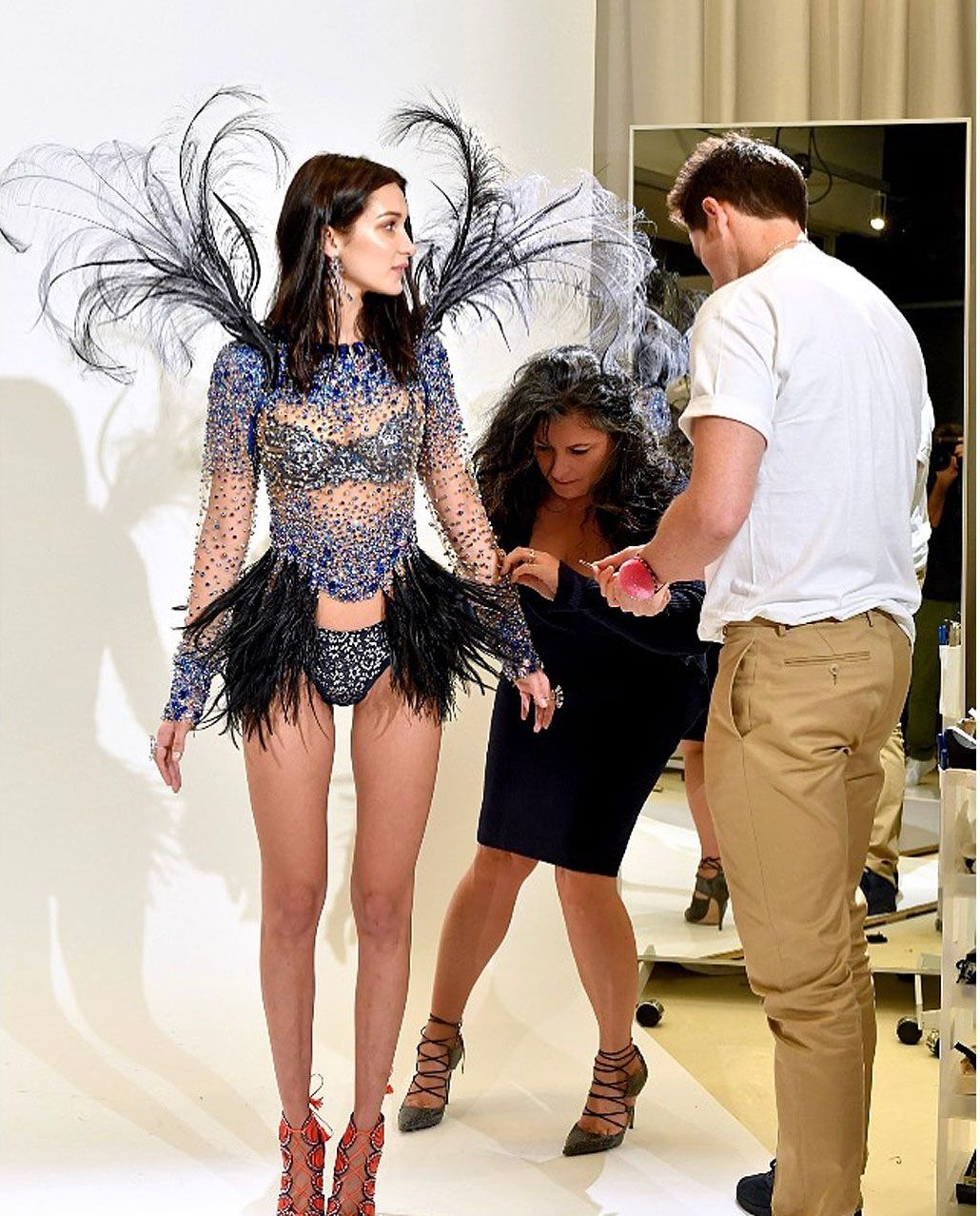
Sophia Neophitou-Apostolou backstage and creative direction work for Bella Hadid's debut for Victoria's Secret in 2016. Courtesy Victoria's Secret
MR: Is the editorial plan shared across the different branches, or do they work independently?
SNA: So, the last issue was a music-themed issue. We tasked all the different editors with really uncovering their people—the insiders who truly speak to that world. There are obviously overlaps, but not in a predictable way. We try to explore different artists and talents that I love.
We've also got a men's issue launching in America in March 2026, which will be followed by men’s magazines in Japan and Germany — a men’s title already exists in Australia. Overall, the theme, or the idea if you like, comes from me sitting down and thinking: What’s been inspiring? What’s created a shift? And then the editors have to find the right people. We looked at composers, artists, musicians—so that when someone reads 10 Magazine DE, for example, it really informs them about the people in that environment.
It all comes down to constant conversation and communication. Literally, I sit down and talk to everyone every day—all the Editors-in-Chief, first thing in the morning. First Japan and Australia, then Germany, and then I wait until two o’clock to connect with the USA. You can’t just silo people. You can’t put them over there and hope for the best.
MR: How often do you cover the same story in multiple countries at the same time?
SNA: There’s a lot of brand transformation happening right now, so there are stories we’ll be covering across all issues. Matthieu Blazy going to Chanel, Demna going to Gucci, Haider Ackermann at Tom Ford; there’s so much change. Also, Sarah Burton at Givenchy —that inspires me a lot. I think, “Wow, this is going to give us different lenses through which we see those brands,” and these stories should exist across all the issues, even though they might be told very differently.
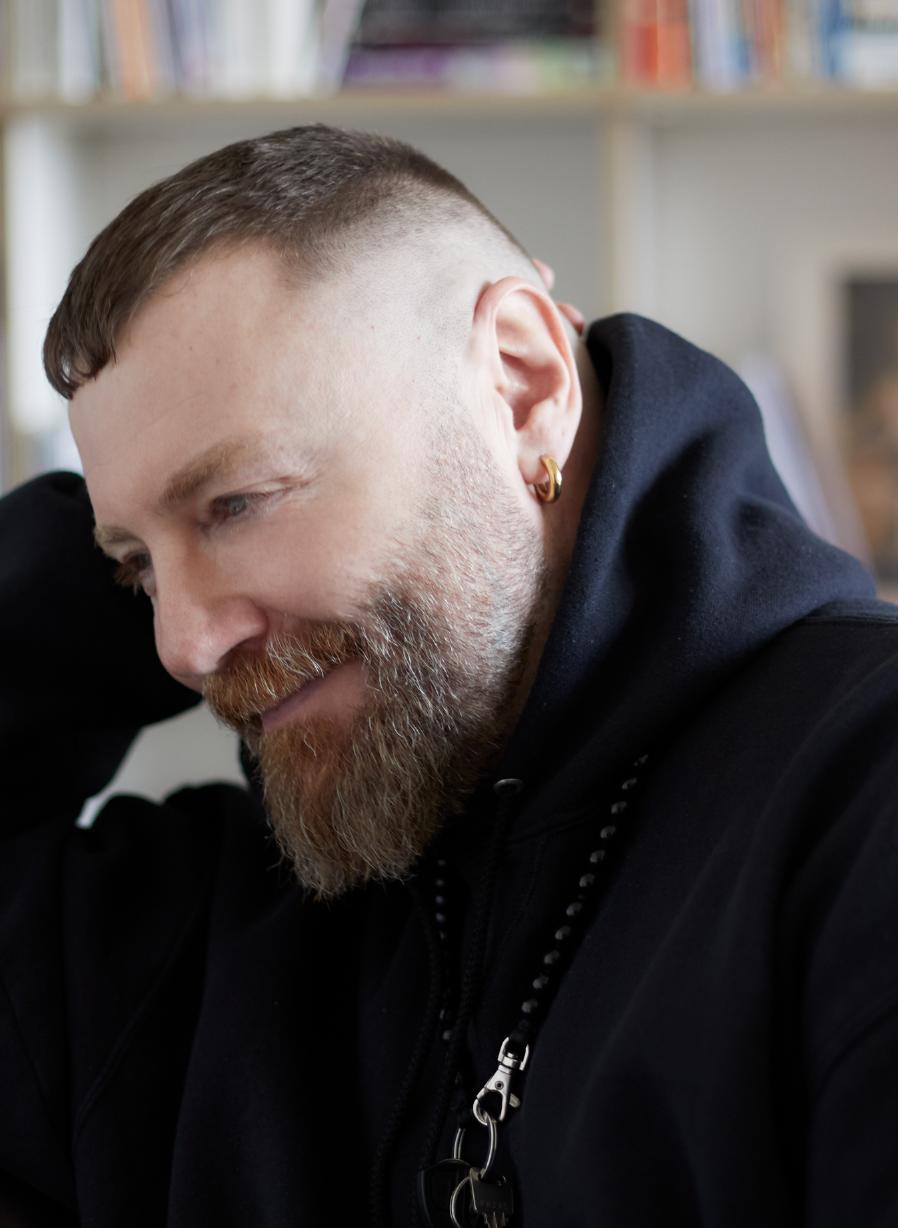
10 Magazine DE Editor-in-Chief Toby Grimditch portrait
MR: Why Germany?
SNA: It’s our first European launch. What we’re trying to do is bring the flavor of 10 to Northern Europe. A lot of it’s happening in Germany, but we didn’t want to alienate the other northern territories. We had a big conversation about what language it was going to be in. Obviously, Japan’s in Japanese, and the other two are in English, even though 10 USA gets translated into American English. As we expand into Italy, France, India, Dubai, and all the other places we might one day be, it’s always important to understand what’s right for them.
TOBY GRIMDITCH: I also think Germany remains somewhat untapped. The fashion scene here is strong and still evolving. There’s a huge interest in fashion, and while there are successful magazines, 10 offers something different—it’s a luxury magazine rooted in pure creativity, not trends. Its arrival sets a new tone. And as Sophia mentioned, we’re speaking to Northern Europe as a whole. The next issue will feature stories rooted in Amsterdam or Stockholm, for example. That said, being based in Berlin, my core focus remains Germany.
MR: Why is now the right moment?
SNA: Serendipity. Nothing more. I’m not thinking as a mastermind of publishing—it was quite an organic process. One day in Paris, I had a conversation with Toby about considering expanding into Germany, and I said, “Let’s do it.”
MR: How did the two of you start collaborating?
TG: I started studying late, in my early thirties. Before that, I was on the other side of the table, working as a photography agent and producer. But I was always drawn to creative work and fell into styling almost by accident. I met Sophia fifteen years ago on a work trip in Copenhagen—through her then-fashion director, Hector Castro— and soon after, I started collaborating with 10. I love working with Sophia because she’s an incredible businesswoman and completely self-made. Her love for the industry is truly commendable. She also champions young champions, which is something I deeply believe in, especially in Germany. Many magazines tend to keep the same names in circulation, but I want to put new talent out there as much as possible.
SNA: Toby is an amazing stylist and creative who invests heavily in aesthetics and ideas, and I think it’s crucial to have someone who does that. In the end, we launched in Germany first, over countries like Italy and France, because I was confident in him. It has to be someone who’s got the balls to do it, it’s not easy. People think it’s easy, but it’s not. It takes 100 percent commitment—sometimes you’re sick, you get up, and you do what you need to do.
MR: What’s your process for selecting your Editors-in-Chief?
SNA: It’s really just about relationships. When we launched 10 USA, I had already worked with Dora Fung for like ten years, and we remained friends since Vogue Japan and Vogue China—I was the fashion director, and she worked with me there before going to Vogue US. With Dora, the pivot was completely accidental. She asked if I had ever thought about launching in America, and I said, “Yeah, but I need to find the right person.” She said she could be that person. I thought, “Brilliant. When do we start?”
10 Japan happened when I discovered Saori Masuda was no longer working for Vogue Japan after having worked there for decades. We reconnected through Dora, and sitting in a cafe in Milan, I told her we’d like to expand there and she would be the absolute perfect partner to go this journey with. It’s been so inspiring to see a strong woman like herself thrive in a particularly male-dominated field. She faces very unique challenges and I’m so proud of everything she continues to achieve.
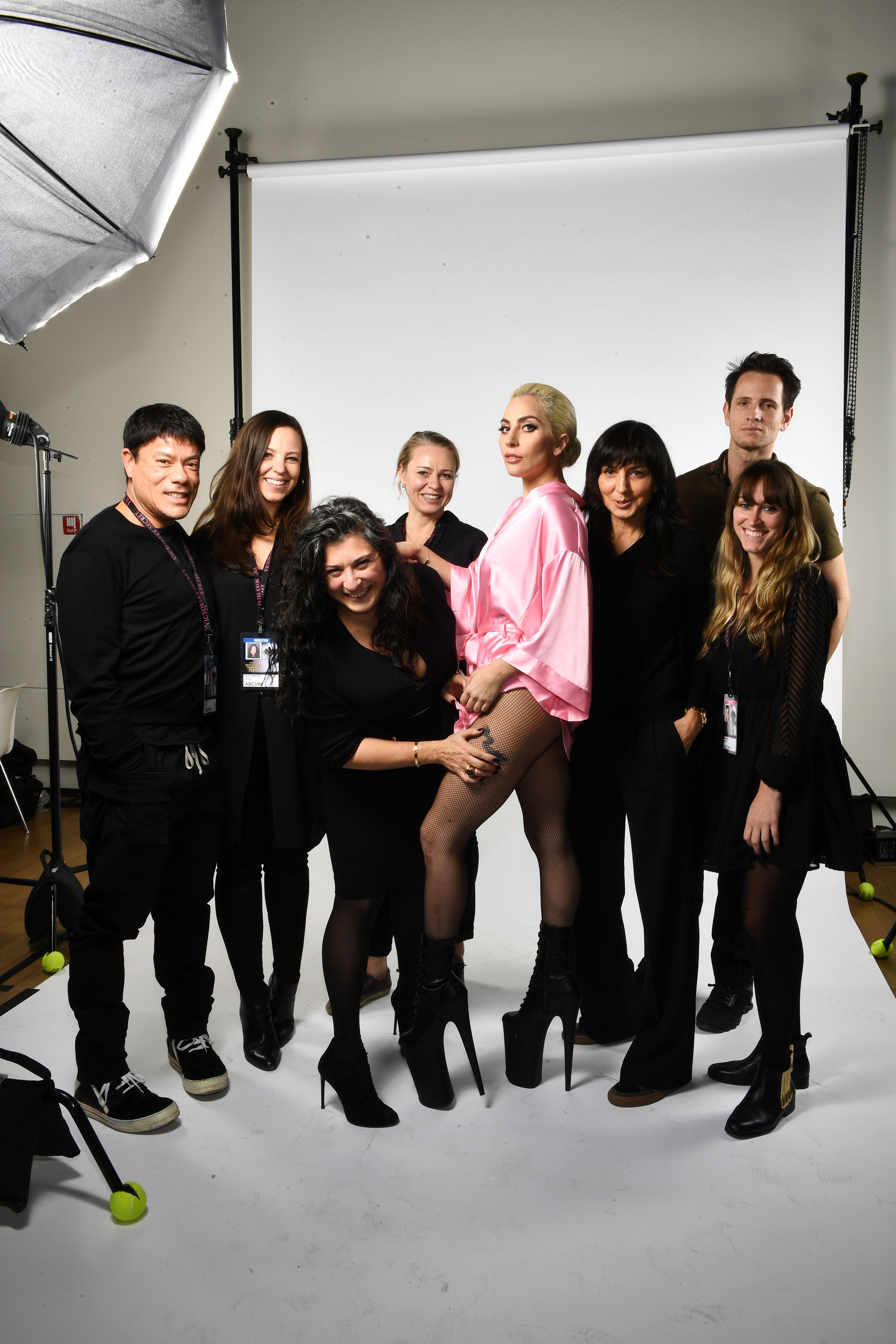
Sophia Neophitou-Apostolou backstage at Victoria's Secret with Lady Gaga
MR: As you said, the first German issue is focused on music and how it connects with fashion. Why did you specifically launch with this theme?
SNA: Like I mentioned before, I’ve always been a huge believer in overlap. There’s always overlap. Music impacts fashion. Fashion impacts music. Obviously, I’m 100 years old, and when we were growing up, you were really identified by the tribe you belonged to musically by what you wore. If you were a punk, you dressed that way; if you were a new romantic, you dressed that way. You could spot people's music tribe by what they wore, and I wanted to understand: does that still exist? Is that something that still resonates?
I identified as a “Perry casual,” very Lyle & Scott and Fred Perry-ish; the music was lots of different R&B and had a ska and soul influence. You really dressed the way you appreciated music. That’s where it began—that’s the overlap.
MR: It also brings awareness to the full scale of the music scene in Germany, showing that there’s much more than just electronic and techno.
SNA: Yes, it’s brilliant. It just teaches you so much about how many different elements come together. It’s a big project, and it’s not just mainstream music—it’s also composers like Max Richter and Mary Komasa. I’ve already got the next issue outlined in my head; it’s going to be about transformation. Just look at what’s happening in our universe right now—so much change, and people are somehow scared of it. I feel change is the best thing that could ever happen to you. It makes you evolve. It makes you grow. It’s just so good, and it’s funny how certain people are fearful of it.
MR: Here, people make a big distinction between Germany and Berlin when it comes to the fashion scene and, more generally, taste—who is 10 Magazine DE speaking to?
TG: Berlin has its own separate fashion scene—that’s something we’re really engaging with. It’s more bohemian, almost reminiscent of London in the 80s and 90s. At the same time, we’re also looking at cities like Munich, where many of the brands are based. There’s a wave of new talent across Germany, and we want to help elevate it—wherever it’s happening.
SNA: For me, it’s as diverse as London versus Manchester. They’re quite different places, but what you’re trying to do is speak to the people from your world in all those places—because you’ll always find your kinsmen, no matter where they are. Say we’re talking about 10 UK—it’s a conversation with people who love art, love music, love fashion, and are unapologetically diverse in everything they do. It’s not necessarily about people who conform, but about those who want to challenge themselves, who question the status quo, who question the journey.
I get what people mean about Berlin being different, but I think the people who pick up 10 Magazine DE and resonate with it will have the same core desires. And they need to love to read, because it’s not just fashion pictures. There’s a lot of journalism in the magazine—that comes from my newspaper background, since I began in newspapers. The story is fundamental.
I love having access to digital platforms now because, back in the day, when we only did the print magazine, it came out once a year, so you had to wait—wait to write about something, wait to read something. Now, we collaborate with amazing journalists who work for newspapers—they’re well admired and bring great opinions. Sarah Mower is one of them. I worked with her on my very first job at Vogue UK—I was her assistant then—and now we commission her to write stories for us, which is such an honour. There are many of them, even poets, so you could really say that the writing is just as important as the pictures for me.
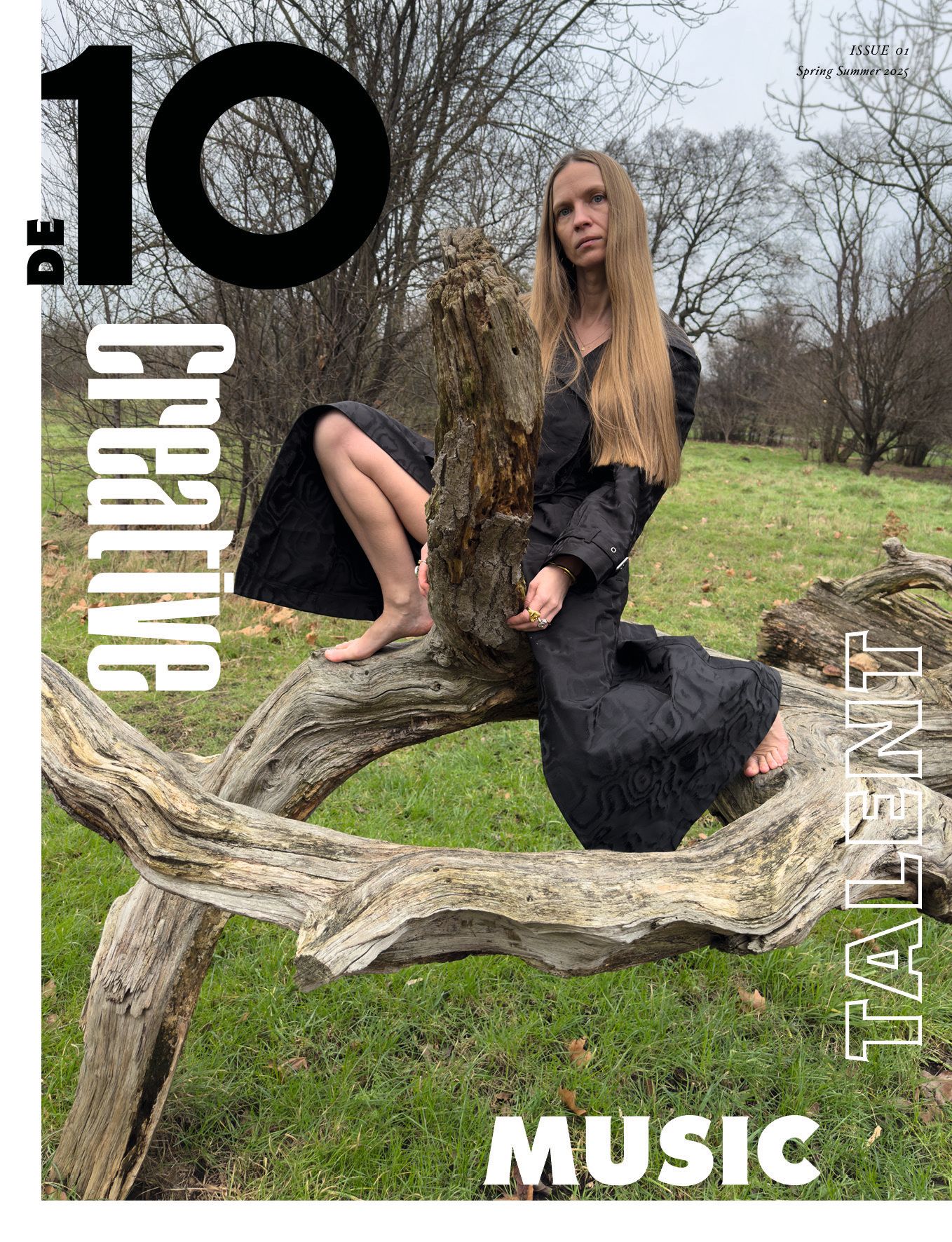
10 Magazine DE Issue #1, Mary Komasa cover, SS25. Photography: Juergen Teller
MR: In Germany, fashion doesn’t occupy the same space in culture as the arts, music, and design. Do you think your magazine can elevate the fashion discourse to the same level as those other fields?
SNA: Absolutely. I don’t doubt that for a minute, because for us, the magazine is about much more than just fashion. When you look through it, you’ll see interiors, art, and so many articles that challenge your approach—not just to fashion, but to culture as a whole. The only thing we’re not is political, and that’s sometimes frustrating for me because I like to be quite political online. But as a rule, I’m not really allowed to be...
MR: Is it really possible to stay apolitical nowadays?
SNA: The way I see it, I will continue to do what I believe, and if we lose things because I’m being political, then so be it. As a founder, I feel like I need a way to express the things that make me unhappy—things that affect the world and should be discussed. And I think, as a platform, we have a responsibility to do that. I mean, it doesn’t always go down very well, especially now.
MR: And it’s very relevant right now because far-right sentiments are growing in Germany and across Europe, and they’re going to influence how people express themselves—even in style trends. Do you think fashion media should counter it or simply document it?
SNA: I think we have a right to express that there are other options. We should always create space within our platforms to discuss alternatives and really talk about injustices. What’s happening in America right now is truly frightening, and it’s going to have a global impact. I have constant discussions with my American EIC, and I always ask her how she is coping. She’s trying to find a way to navigate it by ensuring we express ways that things can be done differently.
The way I see it, art has the power to offer an escape when things are challenging. When things go awry, designers and the art industry in general always rise to the challenge. They create an escape, a place of fantasy and emotion. Whether it’s photography, cinema—all of these things take you somewhere different. It’s all a form of escapism, really.
TG: I totally mirror Sophia’s comments.
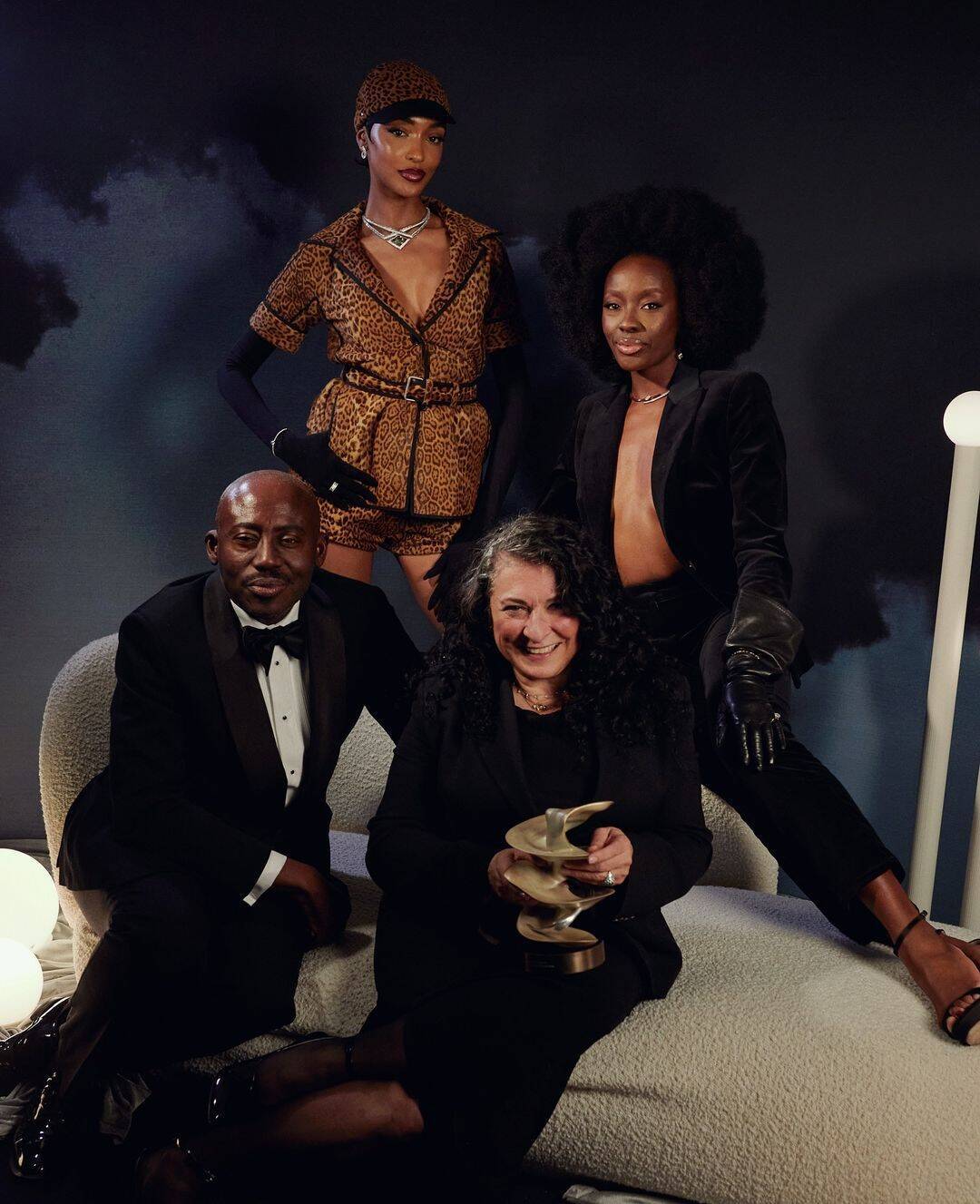
Sophia Neophitou-Apostolou wins a special recognition award at The Fashion Awards at London’s Royal Albert Hall. Photo courtesy 10 Magazine
MR: Germany has a big publishing tradition, but fashion magazines struggle to gain the same traction as in France, Italy, or the UK. Why do you think that is?
SNA: People are often trapped by tradition, and they create what they think they should, rather than going for it and offering their readers something that will challenge them. It’s the fear of rejection.
It’s the same way 032c started—a buck against the traditional conversations that were being had. It was more playful, more directional, more inspiring, and those are all adjectives I apply to my own world. People don’t always know what they want; we should take them on a path less traveled and take them on a journey where they learn something. You should pick up the magazine, read it, and actually learn something.
I know it sounds crazy, as we started 25 years ago, but if you look at the fashion images from then, they still feel quite relevant because we’re not trend-led. We don’t cover yellow if it’s in fashion, or talk about furs when they’re hyped. I don’t care about that; there’s got to be a different discussion. I ask myself, who’s the artist that inspired you? What’s the film that’s taken you on a journey that you want to recreate? That’s because of my art background, my architecture background.
I can think of brilliant people we work with, like Betsy Johnson—the stylist, not the designer—and she did this hysterical take on our ex-prime minister Boris Johnson, who was an idiot, having all those parties during COVID at Downing Street while everyone else was locked down. It’s a brilliant editorial, which doubles as a political statement, where she recreated the situation, and they were all wearing Miu Miu. There are all these little nods to politics, and finding ways to address it that is neither just fashion nor just trend. I think most traditional magazines are trapped by their publishers to just have these very singular discussions.
MR: Many say print is dying. How do you respond to that?
SNA: They’ve been saying that for years, but honestly, I have never experienced such growth as a brand. What I will say is that after COVID, things changed, and young people wanted something tangible. They want it because all the swiping and absorbing has its place, undeniably, but there’s more to it. When we started, I used to bring a sketchbook to the shows and sketch the looks. Now, they’re giving everyone Meta glasses, and they’re videoing everything, documenting it all. I love it, and I remember sitting next to Alexandra Shulman, who was the editor-in-chief of Vogue UK at the time, and she was like, “What are you doing, Sophia? You’re opening our world to everyone.” And my response was, “Yeah, that's exactly what I’m doing.” There was such a weird elitism to it that was bad.
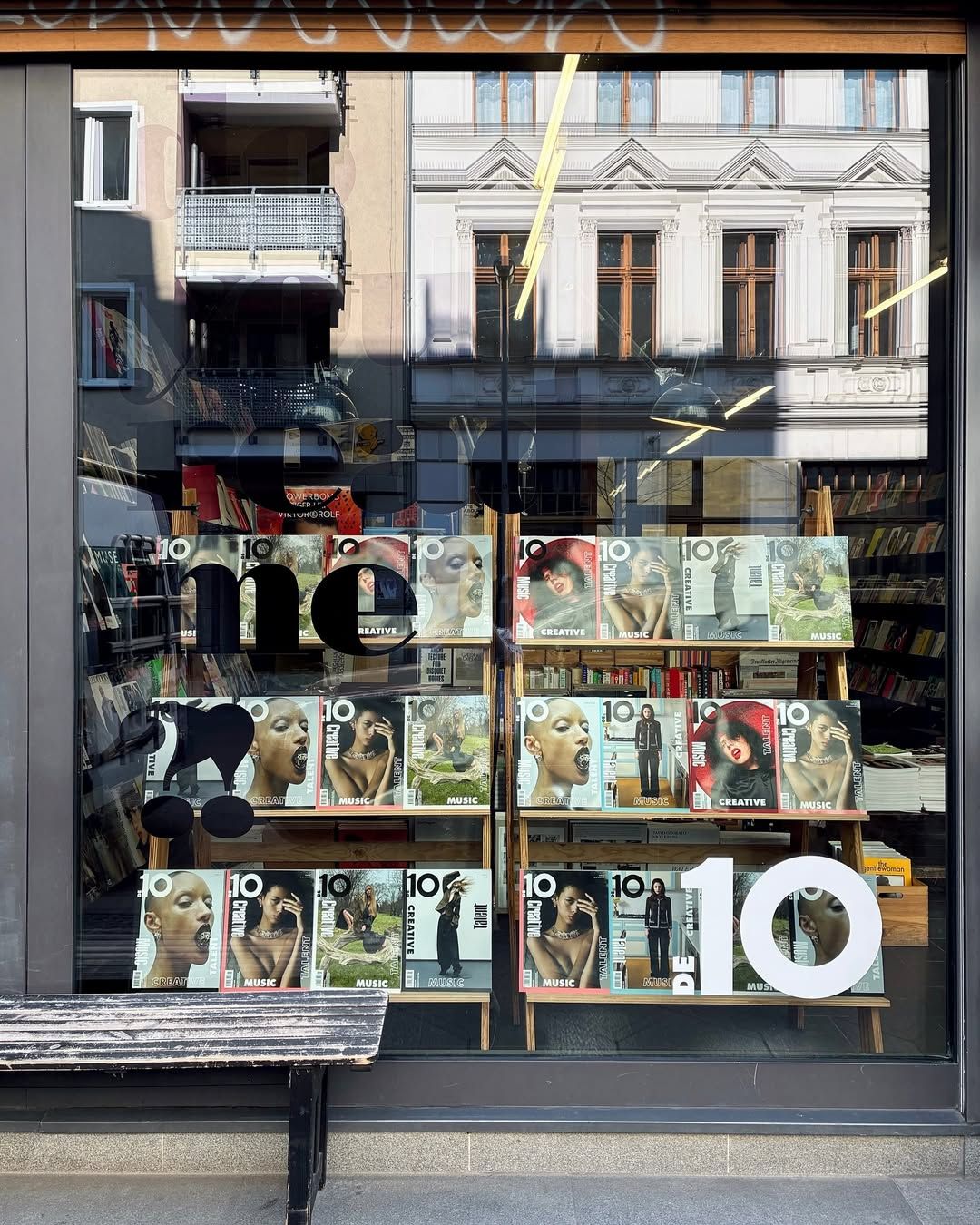
Berlin's book store do you read me?! display window with 10 Magazine DE covers. Photo courtesy of @doyoureadme_berlin
MR: With so much talk about fashion and culture outside of publications, magazines have lost their role in driving the conversation. What do you think makes them still essential today?
SNA: It’s about curation. We curate in a very specific way, with our lens on the industry. And there’s lots of noise, you’re right––lots of “I don’t like this,” “I don’t like that,” but there’s no knowledge of the provenance of something. And I think you can have a knee- jerk reaction to art, to a book, to fashion. Why not? Who are we to tell anyone what's right or wrong? But what we do is find discussions that are very curated and represent our universe, and that's what people connect to––our curated lens
MR: Have you been to Berlin Fashion Week? What’s your take on it?
SNA: Sadly I haven’t, but I would love to in the future. How about you Toby?
TG: Yes, it reminds me of Copenhagen Fashion Week. I worked there for 15 years as Fashion Director at DANSK, and the first Fashion Week was quite small, with only a handful of brands really showing. Then, the magazine’s two founders launched the Danish Fashion Council, which played a huge role in elevating and growing the shows. By the time I left, it had become a big thing each season. I see parallels between that and what’s happening in Berlin. Christiane Arp, former Vogue Germany Editor-in-Chief, is someone I admire. Since leaving Vogue, she’s been working with the German Fashion Council to support emerging talent—something I’m really interested in getting involved with, to help nurture the next generation.
MR: How would you do it, in practical terms?
SNA: One of the things we do in the magazine is oblige all our editors to have a portfolio of young designers. For me, all five issues across the world have to dedicate a section to emerging talent. I feel that as a magazine, we have a responsibility to give these designers a platform because that’s how they’ll get investment, and that’s what they need. We started in London, and it’s such a brilliant place, but there are so many amazing, struggling designers.
McQueen used to live under his desk. I used to visit him in his studio—no money. And when I say no money, I mean no money. Luckily American Express to give him chunks of money to do those spectacular shows. He invested every penny back into his brand. The desire was so strong there, and I think that same craving exists in Berlin.
That’s my commitment to the industry. I’m also part the British Fashion Council and the head of the press committee. I believe that we can affect change, we can give people a platform. It really makes a difference to a designer going to the bank manager and asking to borrow money to make a show happen if they can say they won an award or had articles written about them. They can take these things and create a portfolio of work that validates to a man in a suit, who has no idea about the industry, whether they’ll give them money to buy fabric, a zipper, or put on a show. These designers are the future.
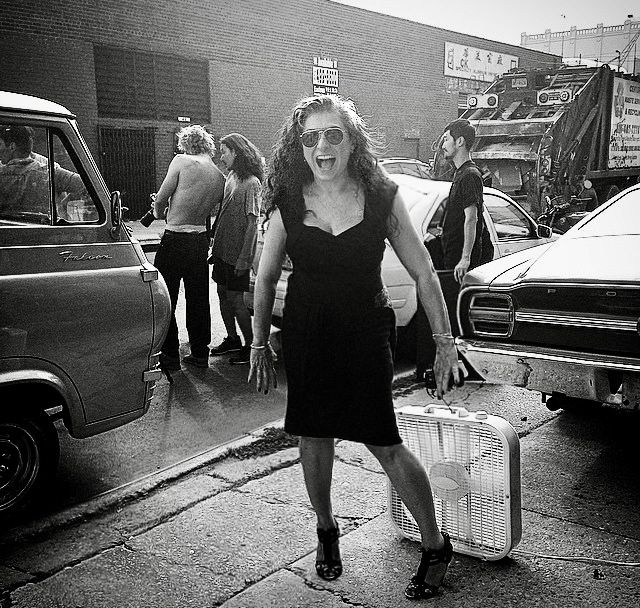
Sophia Neophitou-Apostolou backstage on set
MR: Germany lacks the typical infrastructure of a fashion capital and historic maisons and luxury houses that creatives can leverage. Does it make it more challenging to operate here?
SNA: I think the same rules apply. Even though the country is segmented, the core of it is still creativity, and you have to find the right people with the right desire. The desire to read what is coming next. With Berlin, again, I see a lot of similarities to London in terms of the creative possibilities. There's so much youth culture here. People are fearless, and I love that. You know, there's a fearlessness that's been born out of the situation of Berlin that creates this visceral reaction to what we do.
MR: You’re looking at 10 Magazine DE as a trampoline to extend your discourse to Northern Europe, but would you envision it becoming a global brand one day, or will you keep it more niche to speak to the German underground community?
SNA: I will never homogenize my product. I am a strong believer in retaining the cultural importance of wherever it's going to live. It might live in fifty different places, but it will always focus on the cultural importance of that community. I think it's foolhardy to believe that you one size fits all. It doesn't. And I think what's great about 10 Magazine DE is that when you look at it, it's very much about the German community. You know, it's international in terms of its creativity, in terms of the core values, but it's still very Deutsch.
Credits
- Text: MAX ROSSI
Related Content
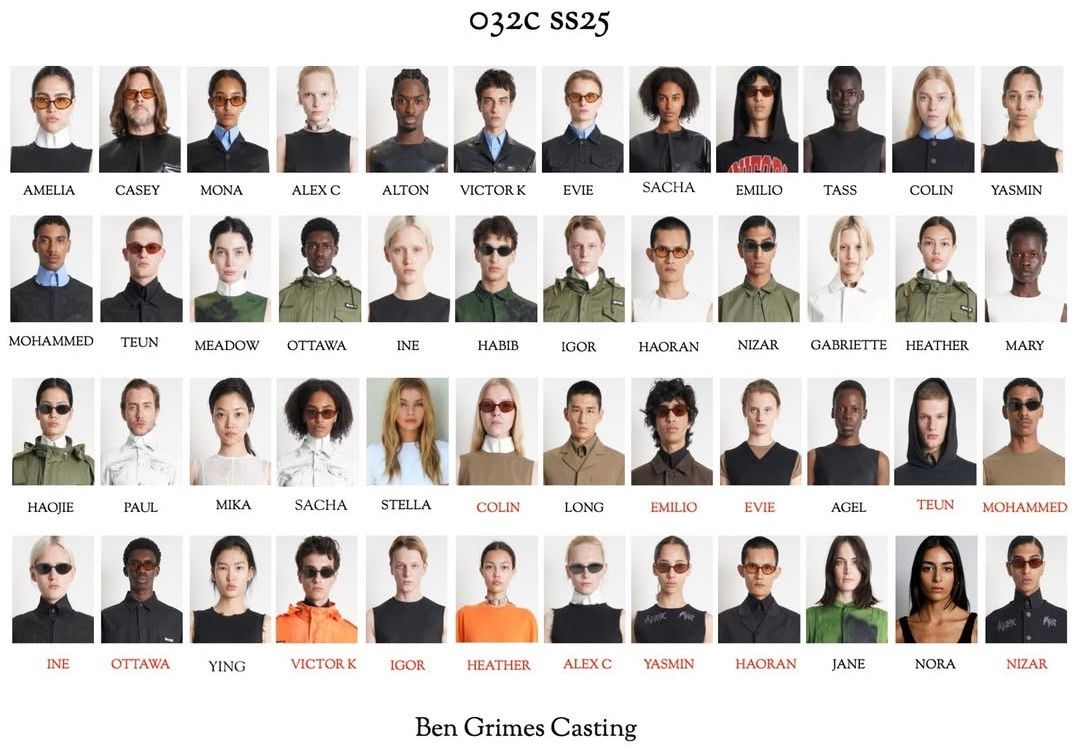
How to Cast for a Runway Show with Ben Grimes
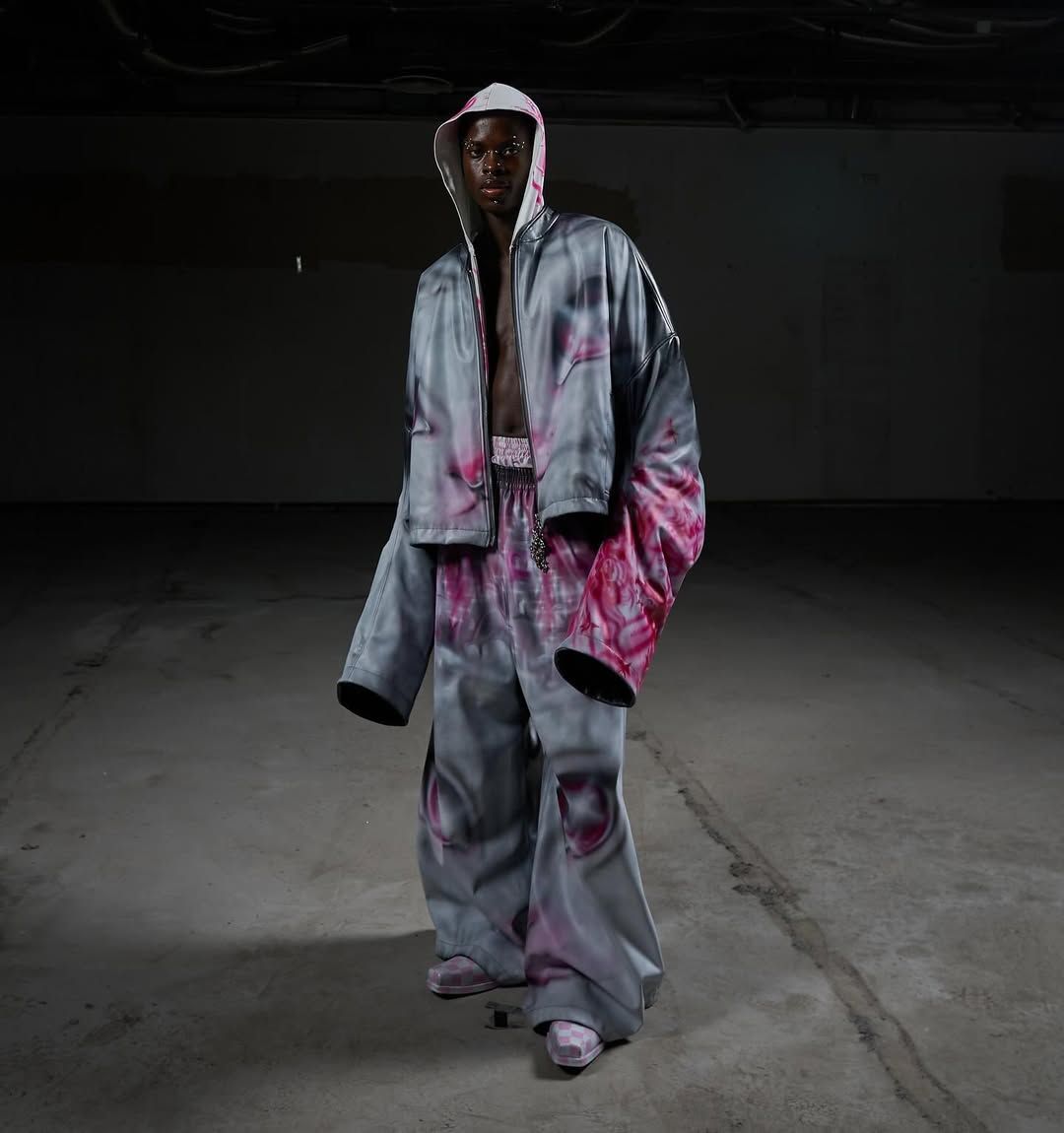
Made in Heaven: Gerrit Jacob
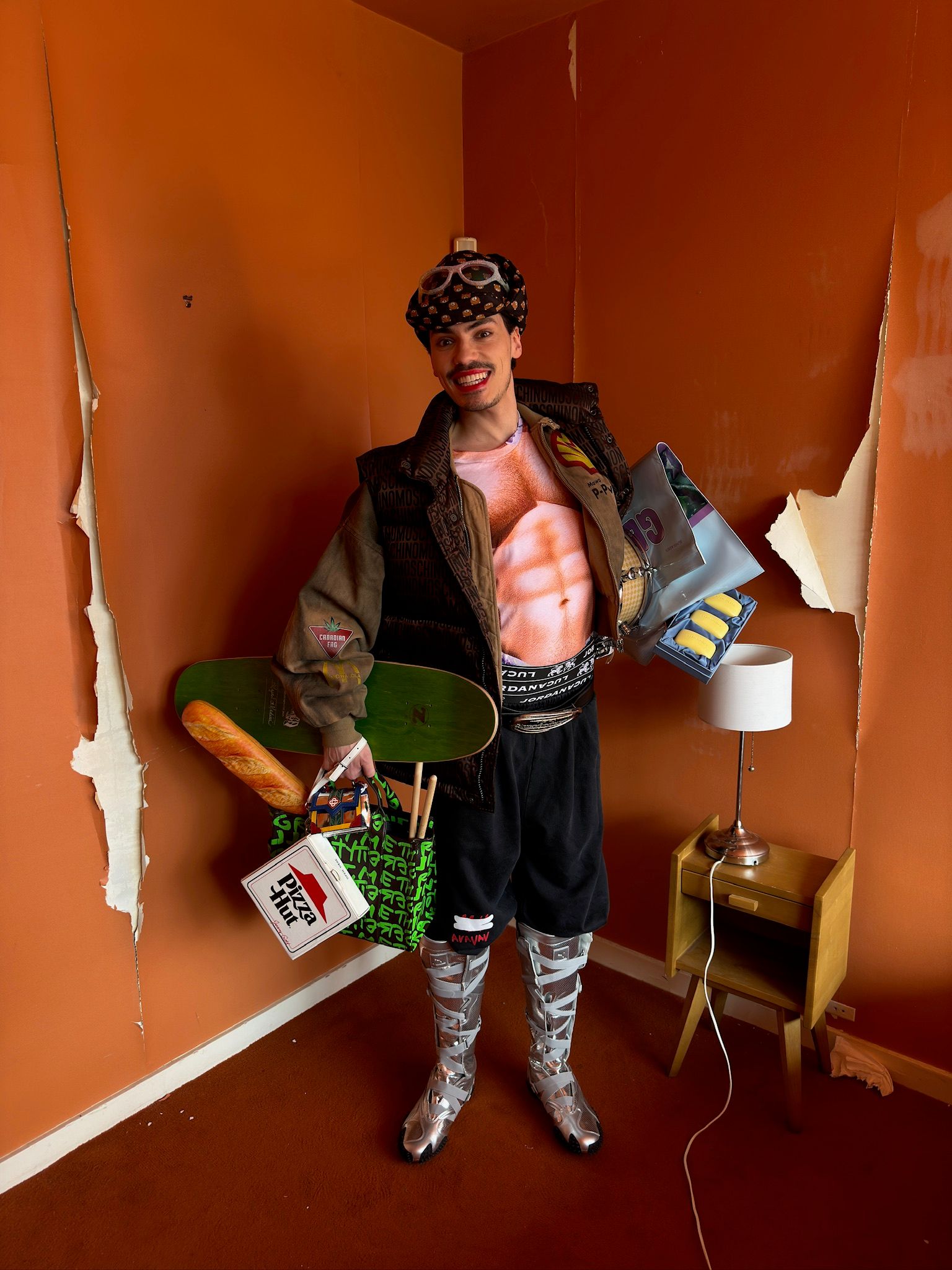
A Serious Journalist Can't Accept Gifts

Women Who Run With the Wolves
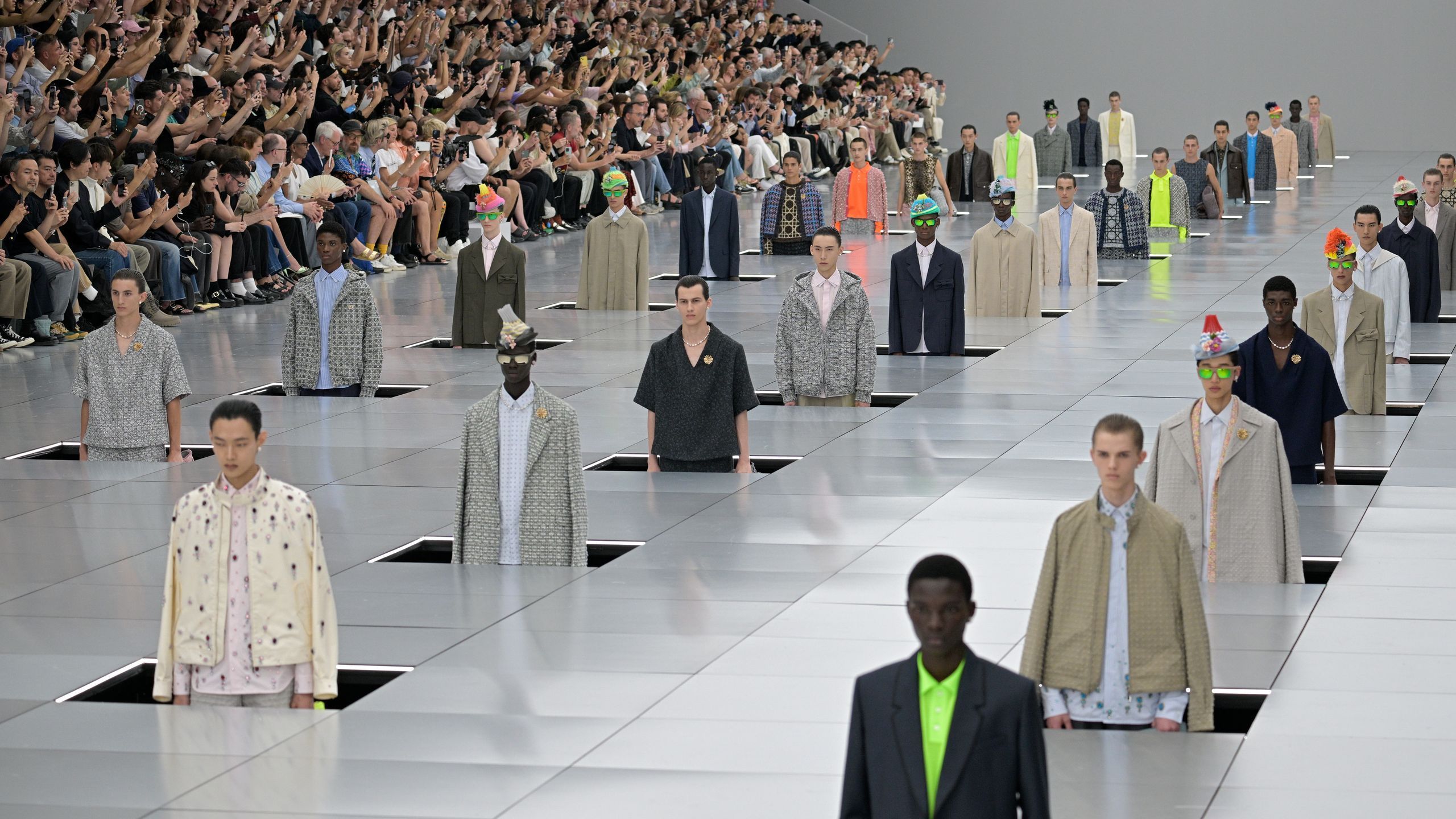
How To Produce a Runway Show With Etienne Russo
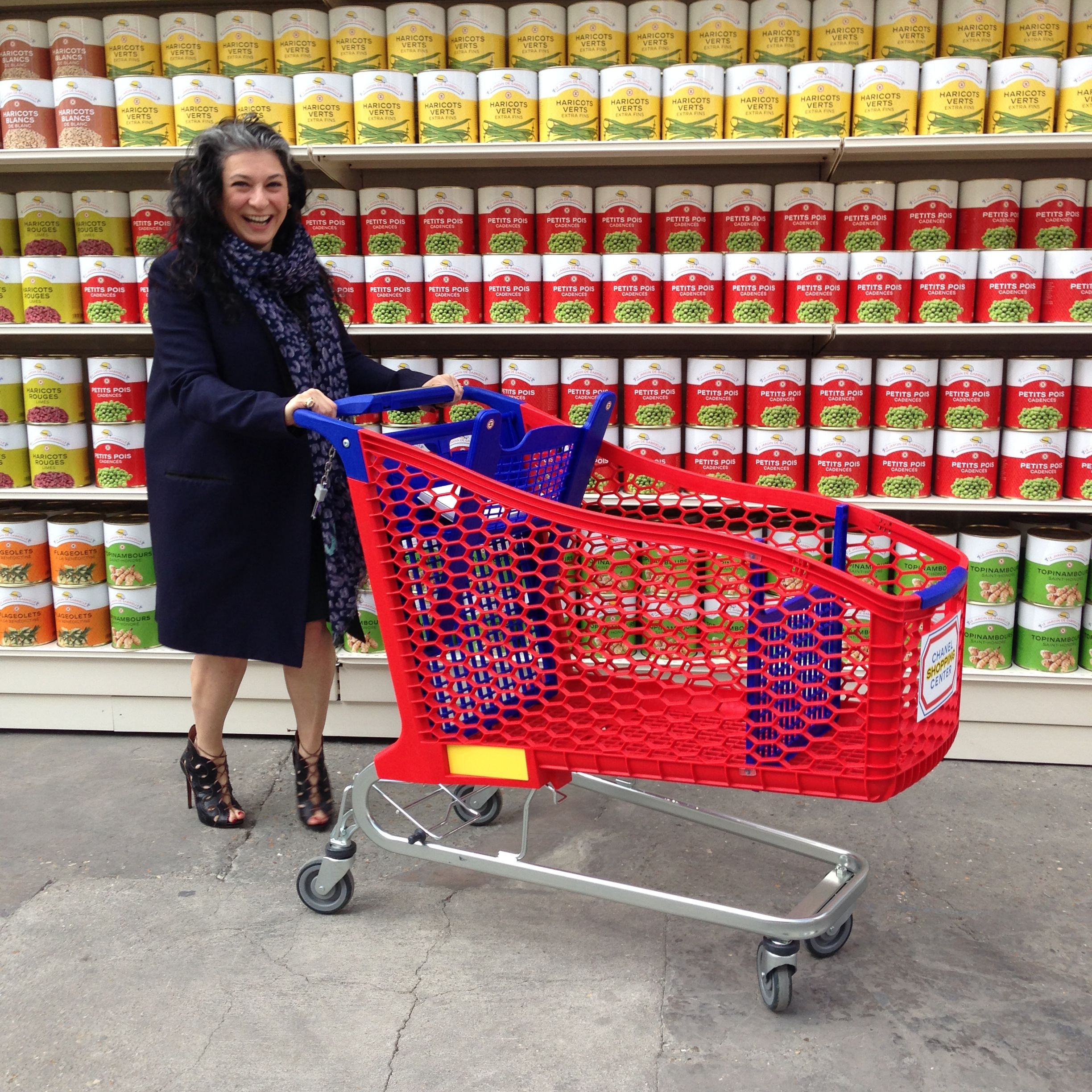
Brenda’s Business with SOPHIA NEOPHITOU
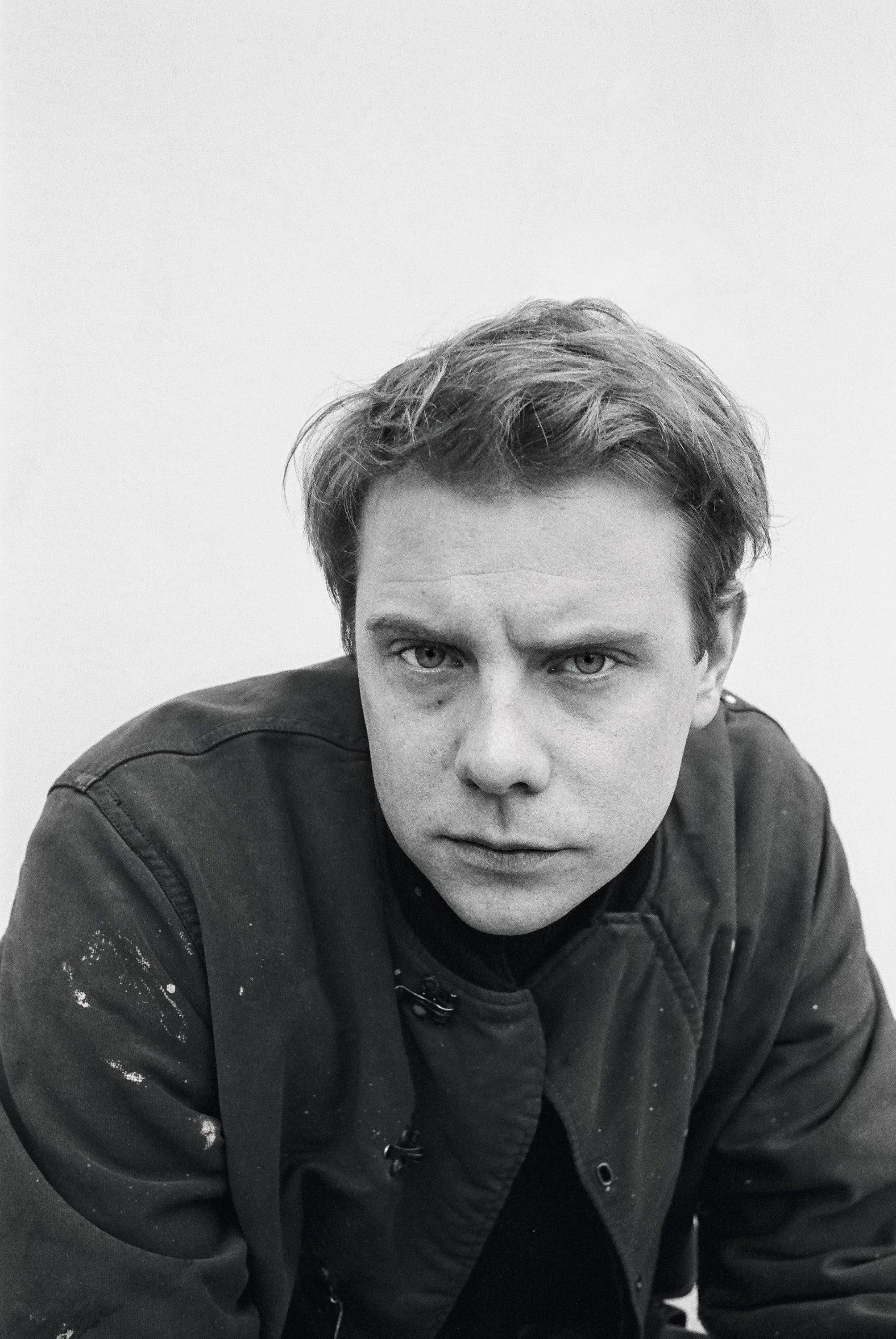
J.W. ANDERSON in HD: A Journey Towards the Essence of Neo-Capitalism
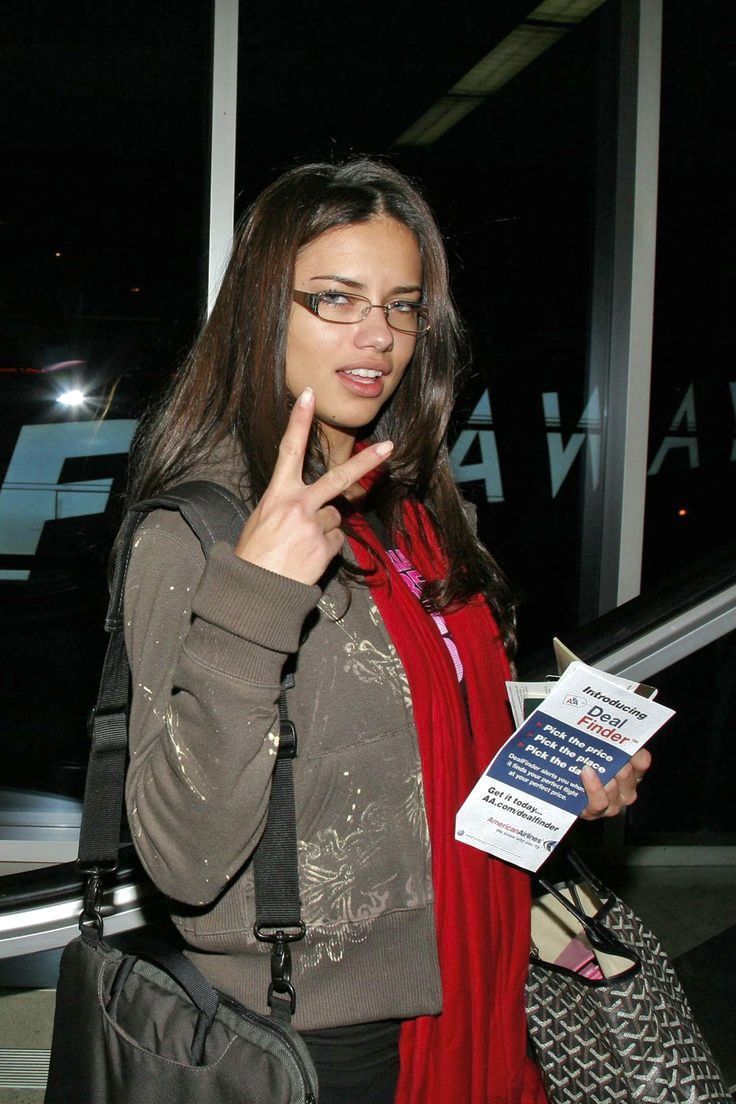
The Erotics of the Nerd
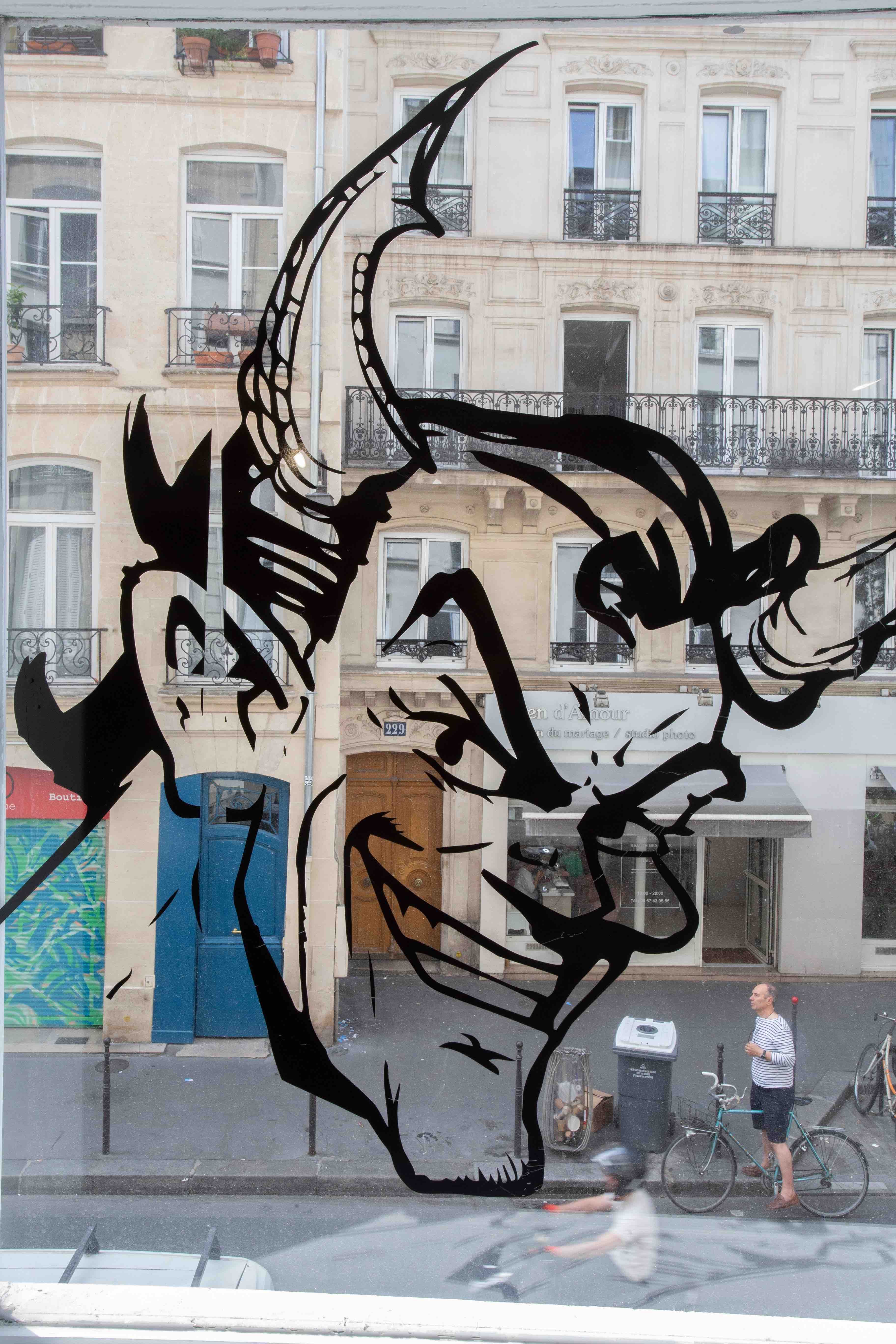
Living in a Magazine World
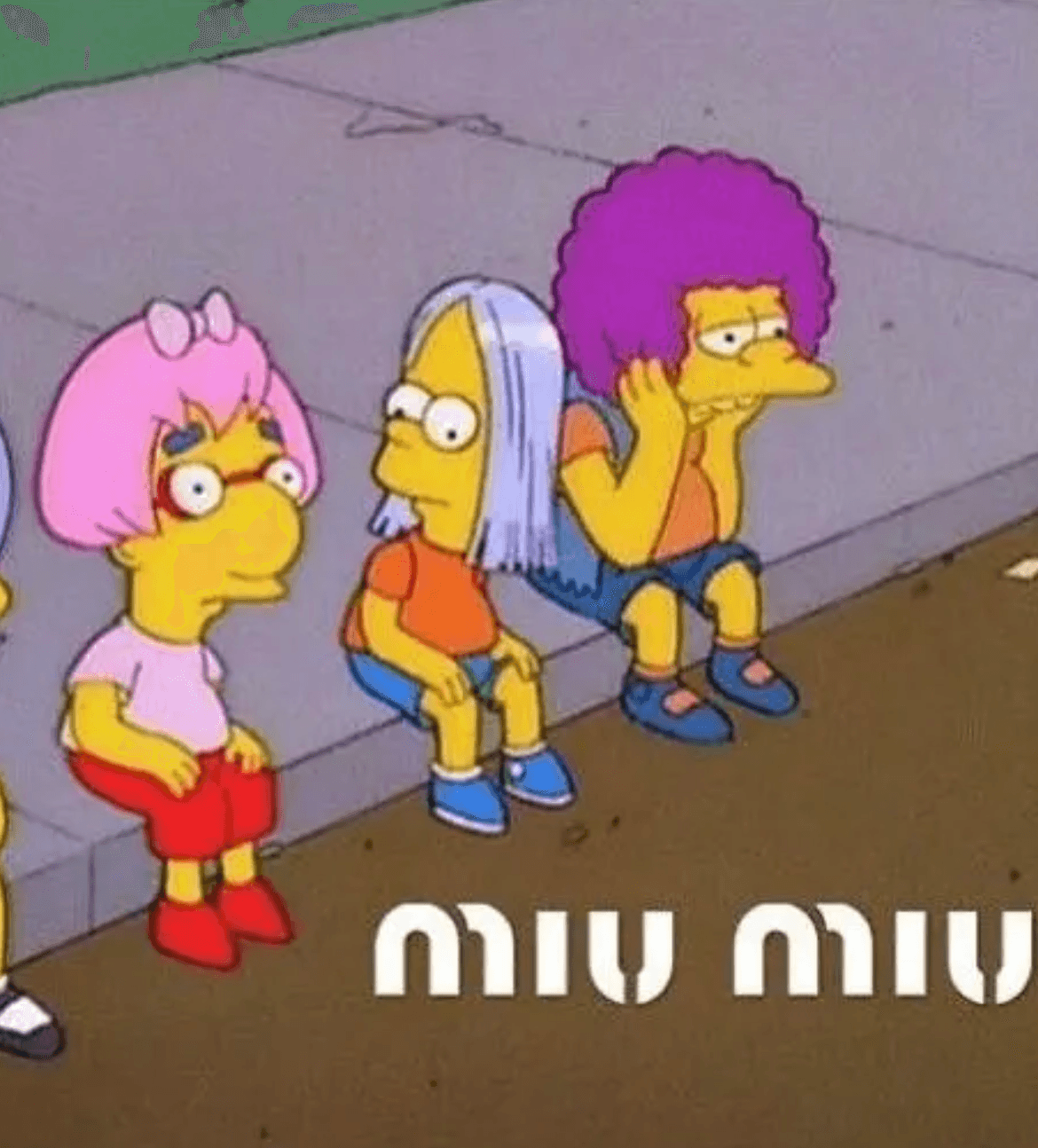
The Miu Miu Moment: Not a Girl. Not Yet a Woman
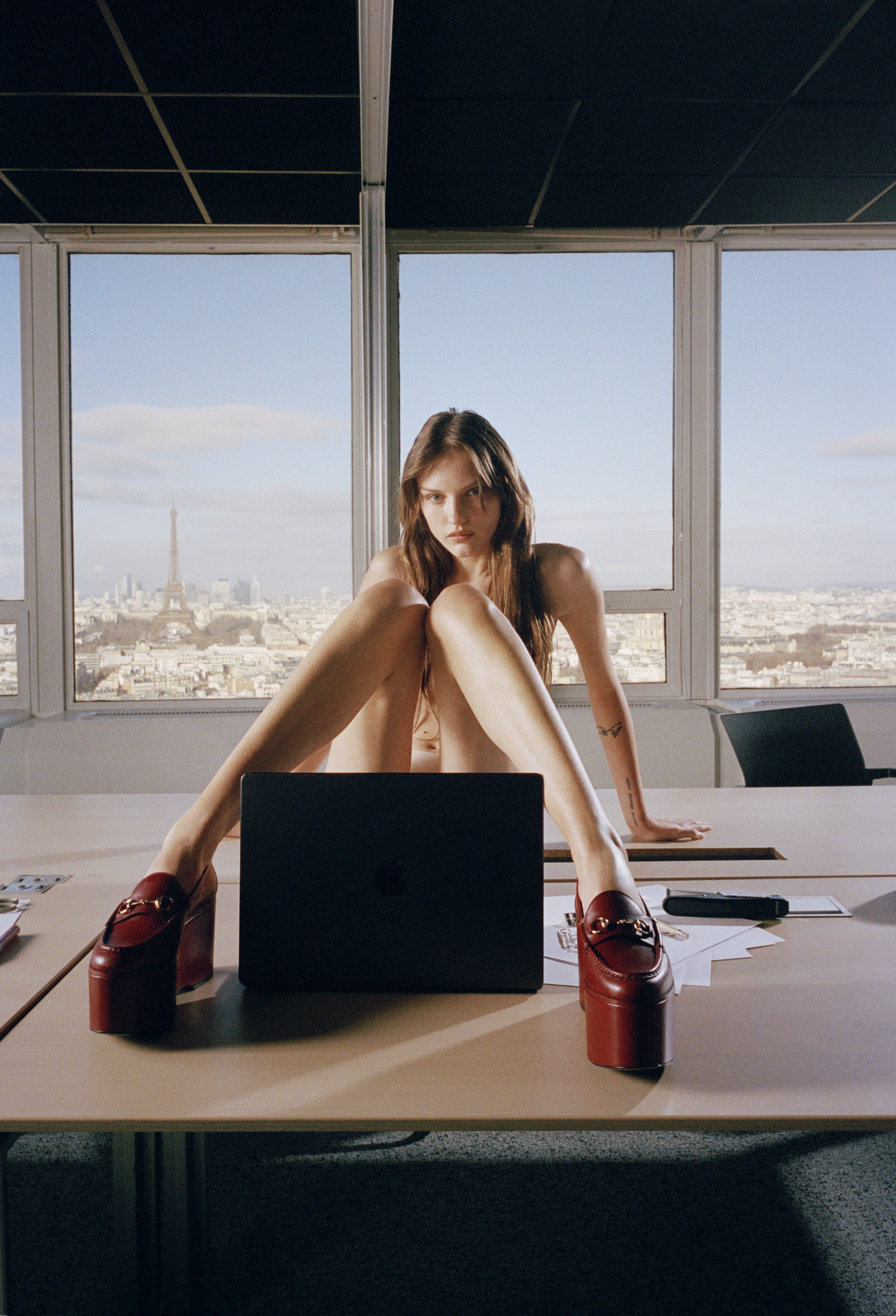
Officecore with Gucci
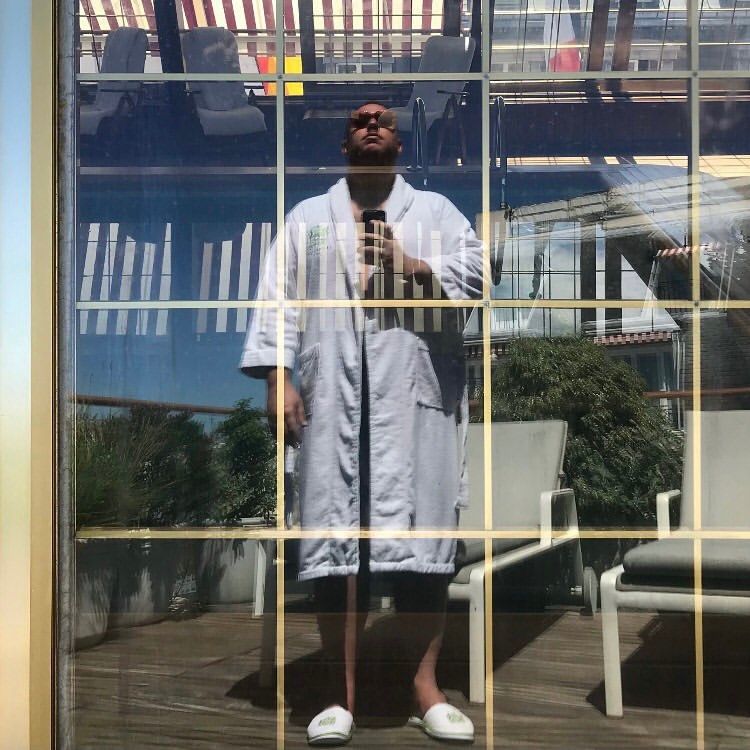
Transmissions: Culturecure